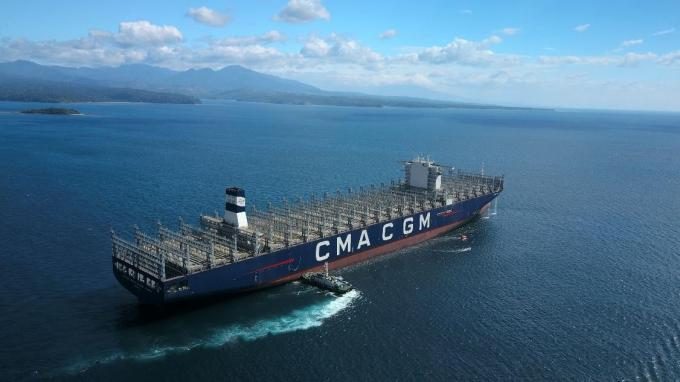CMA CGM eyes HPH sale after Ceva shines in a 'stable' second quarter
CMA CGM has expressed interest in the Hutchison Port Holdings (HPH) sale in a bid ...

The CMA CGM Antoine De Saint Exupery, delivered on Friday, will burn 25% less fuel due to its technologically advanced engine and optimised water distribution propeller system, it is claimed.
The new 20,600 teu flagship of the French carrier was constructed by Hanjin Heavy Industries and Construction (HHIC) in the Philippines ...

Comment on this article